- Make It Yourself Lavender Heart-Shaped Bath Bombs!
- 20 Things You Never Knew About “Down There”
- 12 Best Foods For Those Suffering From Arthritis Pain
- 12 Personal Hygiene Mistakes Almost Everyone Makes (Mom Never Told You About #4!)
- 15 Medicinal Plants And Herbs From The Cherokee People
- 12 Mind-Blowing Benefits Of Drinking Coconut Water During Pregnancy
- 12 Outstanding Winter Foods That Won’t Fatten You Up Like A Christmas Turkey
10 Things You Think Are Healthy But Really Aren’t (#4 Even Surprised Us!)
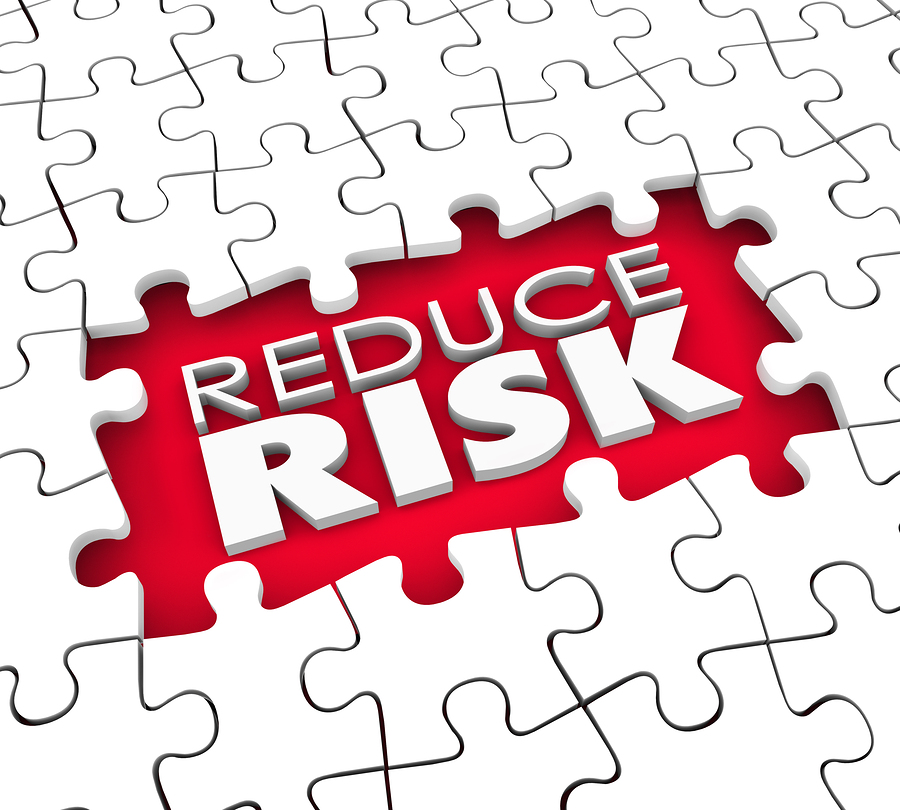
Photo credit: bigstock.com
If manufacturers had their way, they would only tell you the things they want you to know about their products, remove any and all ingredient lists, and remove “bad” reviews or anything negative about whatever it is they were selling.
Luckily, that doesn’t happen. However, sometimes lesser-known facts do tend to slip through the cracks. This is why some of our everyday products that we have come to believe are good for us or are healthy really aren’t so great once you look at the facts.
Keep reading and see if you have any of these seemingly harmless items around your home. You will want to think twice about them after reading this article!
1. Your Kids’ Stuffed Animals
They look so cute and so innocent sitting on your kids’ shelf or bed, don’t they? Your child might even have a favorite stuffed toy from their favorite movie that they can’t seem to sleep without. But did you know that stuffed animals and stuffed toys are simply magnets for dust mites? Dust mites are one of the major causes of indoor allergies. If you or your child is allergic to these microscopic mites it can lead to sneezing, runny noses, itchy, watery eyes, and coughs. Of course we would never suggest that you make Suzie part from her favorite Snoopy doll, but try to cut down on the number of stuffed toys she keeps in her room to the ones she actively plays with. You can wash them in a pillowcase to help remove dust, or put them in a plastic bag and keep them in the freezer overnight to kill dust mites.
Continue to Page 2
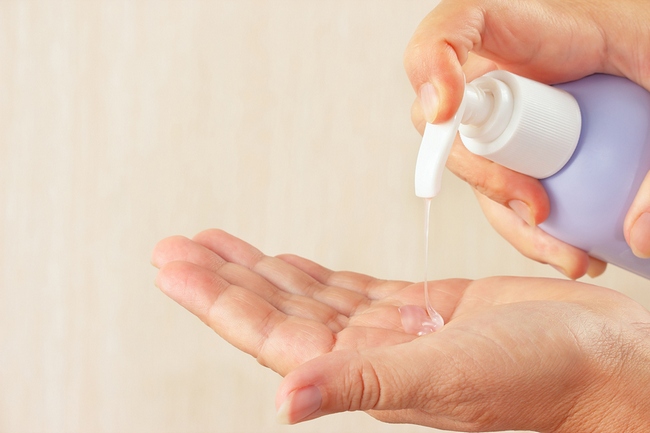
Photo credit: bigstock.com
2. Hand Sanitizer and Antibacterial Soaps
Antibacterial soaps sound like such a great idea, don’t they? Marketers want you to believe that using antibacterial soaps will stop you from becoming sick by killing germs and bacteria, but what they don’t tell you is that antibacterial soaps do little to fight viruses, which are the main reason people become sick. The Journal of Clinical Infectious Diseases published a systematic review in 2007 which found that antibacterial soaps containing triclosan did not offer any additional benefit over other types of antibacterial soaps. In fact, triclosan has been shown to have numerous adverse health effects, including hormone disruption and breeding antibiotic-resistant super bugs. Soap all by itself kills germs and bacteria, so why do we need “antibacterial” soaps at all? Just use plain old soap and water regularly.
3. Nail Tools
Cuticle clippers, pumice stones, and emery boards all harbor bacteria from your skin and nails. Most people never think to wash these items, but you should! Nail clippers and other nail tools can cause skin infections and transfer ugly things like toenail fungus and athlete’s foot. Everyone in the family should have their own set of clippers, pumice stones, and other nail tools. Also, get in the habit of washing these items at least once a week. Pumice stones, in particular, tend to hold onto ugly stuff, so replace them once a month, even if they look fine.
Continue to Page 3
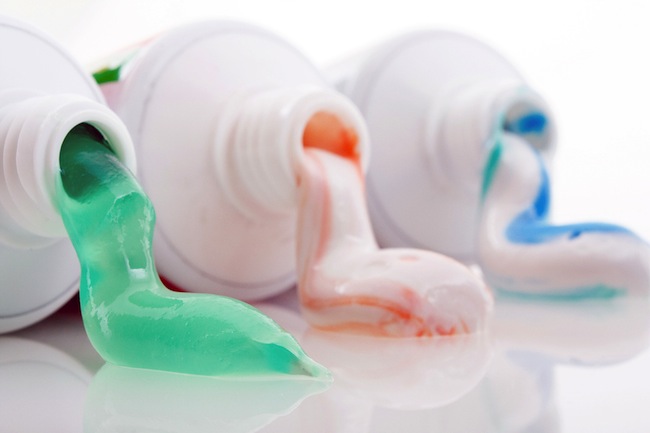
Photo credit: bigstock.com
4. Your Loofah
Who doesn’t love the way that a nice scrub with the loofah makes you feel? Most people leave their loofah in the shower or by the bathtub, where the heat and moisture from the bathroom creates a perfect environment for bacteria and mold to grow and multiply. When you then rub this infected loofah over your skin, if you have any cuts, nicks, or other skin abrasions, you introduce those bacteria into the skin, causing infection. Always choose natural loofah sponges, not the synthetic ones, to help prevent the growth of bacteria naturally. Rinse your loofah in hot water, and then be sure to dry it out. You might want to consider storing it near a window or some other location where it can completely dry out in between uses.
5. Antibacterial or Whitening Toothpastes
Most toothpastes with whiteners use some type of abrasive agent to scrub stains off of your teeth. Unfortunately, abrasive materials will wear away your tooth enamel, making your gums and teeth more sensitive. Other toothpastes include triclosan. As we mentioned in regard to antibacterial soaps, triclosan is a known hormone disruptor and leads to numerous problems in the reproductive system. Even the usually ineffective FDA is considering banning its use.
Many commercial brands of toothpastes are also loaded with other toxic chemicals you really don’t want in your mouth, such as fluoride, propylene glycol (which is the main ingredient in antifreeze), sodium lauryl sulfate (a degreaser), and artificial sweeteners like aspartame.
Avoid all of these things and start using natural toothpaste, or make your own from simple baking soda and coconut oil.
Continue to Page 4
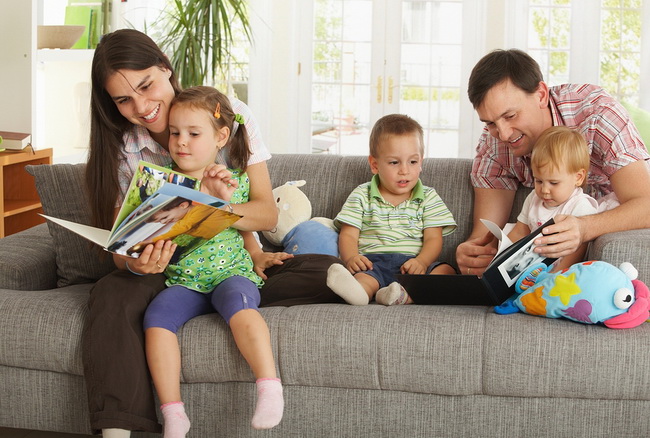
Photo credit: bigstock.com
6. Your Chair, Sofa, or Bed
OK, you might be wondering if you are going to have to refurnish your entire home, but that’s not what we mean. Sitting on your butt (or lying in your bed) for long periods of time is absolutely detrimental to your health. Yes, that Netflix marathon of all 5 season of The Walking Dead is simply too good to miss, but why not spend at least 10 minutes out of each hour pacing, standing, or walking on the treadmill while you watch?
Study after countless study has shown that sitting for more than 3 hours a day dramatically increases your risk of developing colon cancer, breast cancer, endometrial cancer, heart disease, and diabetes. If you have an office job, do your best to stand up and walk around at least 1 minute out of every 20 minutes. If possible, install a standing desk. Stand and pace in your office every time you talk on the phone. Set an alarm on your computer or phone that reminds you to stand up and move, even if it is just for one minute of every 20, or 10 minutes every hour. Drink lots of water and herbal tea while you are siting. This will at least give you an excuse to get up and walk to the bathroom frequently!
Continue to Page 5

Photo credit: bigstock.com
7. Tap Water (and Most Bottled Water)
It’s true that we must drink water to stay alive. Drinking 8 to 10 glasses of water each day is important for good health, there is no argument there. However, drinking clean water is vital. What good does it do you if the water you drink is contaminated? About 67 percent of the municipal water in the US contains fluoride. Fluoride was added to public water systems in the hopes that it would prevent tooth decay; however, the fluoride that is added is not the type of fluoride that will strengthen teeth. What is added to your water supply is a byproduct of fertilizer production and aluminum, technically called hydrofluoriscilic acid. This substance cannot be dumped or burned because it is considered to be too toxic but for some reason, it seems to be OK for us to drink it? This substance is banned in Europe, and most Canadian cities have removed it from their water supply, so why don’t we?
Try to raise awareness about this subject in your community and work to get it removed from your city water. Bottled water has been shown to not be much better or cleaner than plain tap water, so use a good quality filter that removes fluoride.
Continue to Page 6
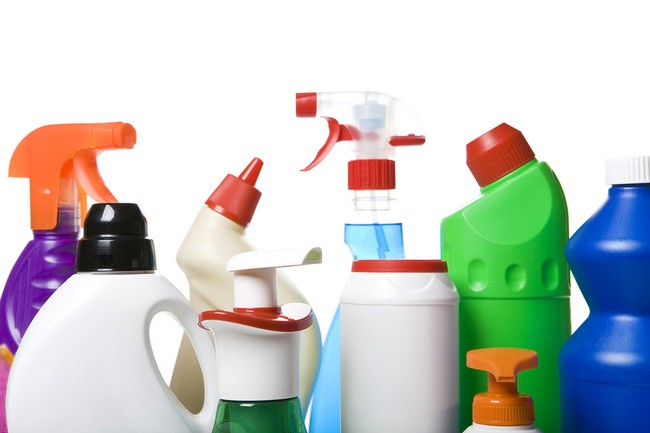
Photo credit: bigstock.com
8. Household Cleaning Products
Talk about toxic overload! Those everyday household cleaning products are generally loaded with chemicals that are known toxins and carcinogens, such as sodium hydroxide, sulfuric acid, ammonia, phosphorous, methoxychlor, formaldehyde and chloroform, just to name a few of the thousands of chemicals found in stuff you probably use every week. Unfortunately, in the U.S., Canada, and most other countries, toxic chemicals in cleaning agents are simply not regulated at all. There are plenty of non-toxic options that will clean your house just as well as these toxic cleaners. Check out some of the natural recipes that you can find online for making your own non-toxic household cleaners.
READ ALSO: 12 Foods That Should NEVER Be On Your Plate
9. Antiperspirants
No one likes to see those ugly sweat stains under the arms, so most of us use antiperspirants to stop sweating and/or, of course, prevent smell. Unfortunately, antiperspirants stop our bodies from doing what they are designed to do: remove toxins via sweat. Sweating, as unpleasant as we might find it, serves several important purposes. On top of stopping toxins from leaving the body, antiperspirants contain numerous toxic chemicals, including parabens, aluminum, and propylene glycol, just to name a few! Everything you put on your skin gets absorbed directly into the bloodstream. This means you are absorbing aluminum with ease. Aluminum has been linked in numerous studies to the development of Alzheimer’s disease. Aluminum is a neurotoxin and the last thing you want is to be putting it into your body deliberately.
Continue to Page 7
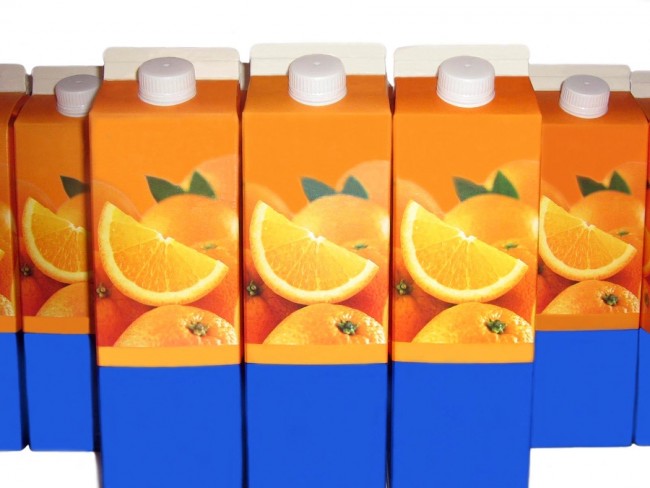
Photo credit: bigstock.com
10. Processed Fruit Juice
The sad truth is food and beverage manufacturers are not completely honest about the products they make. Fruit juice is actually a huge scam. It is marketed as being a healthy drink and a good way to start the day, or we are told that it contains a “full serving of fruits and vegetables.” This is certainly misleading at best. Most fruit juices sold today have more sugar than sodas. Fruit juices are also highly pasteurized, which means they have been heated to very high temperatures to kill germs. However, this kind of heat also kills the very things that make juice healthy, such as enzymes and antioxidants. Fruit, in its pure and natural form, is very healthy for you. Eating fresh fruit and vegetables is far superior to any commercially sold product, no matter how natural they might make it sound. If you love juice, make your own at home.
References:
































